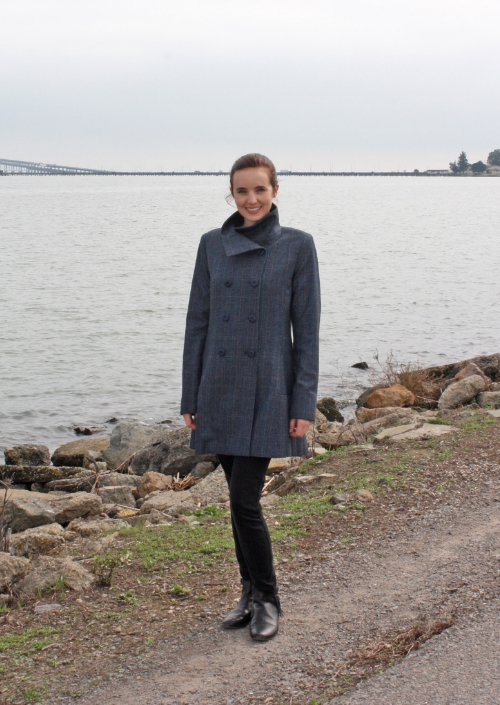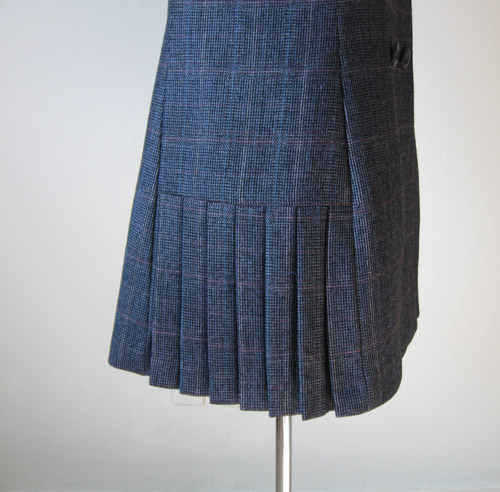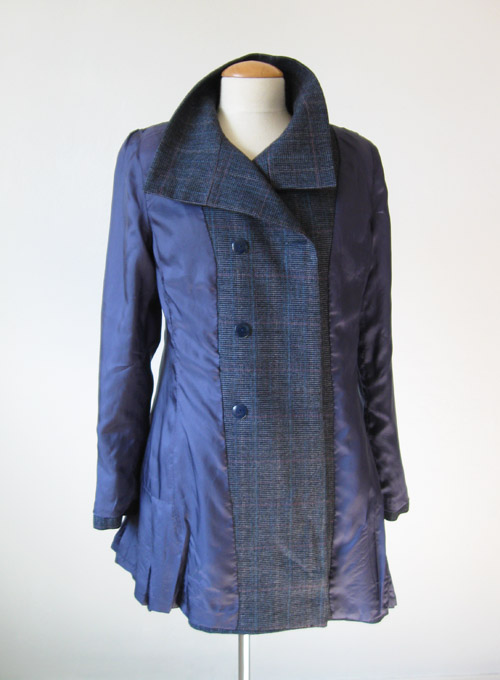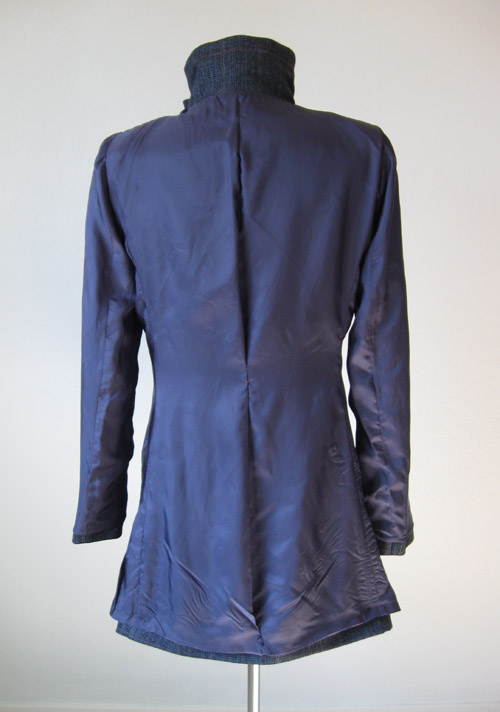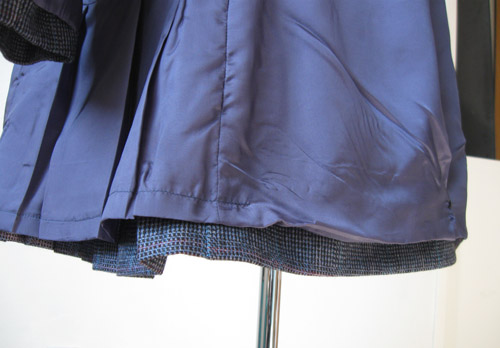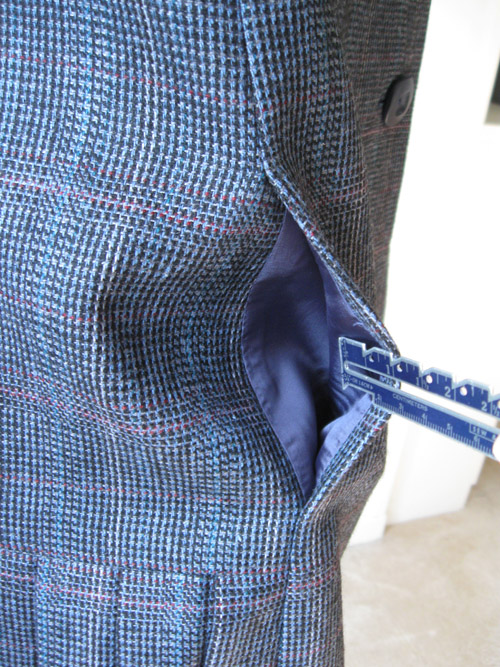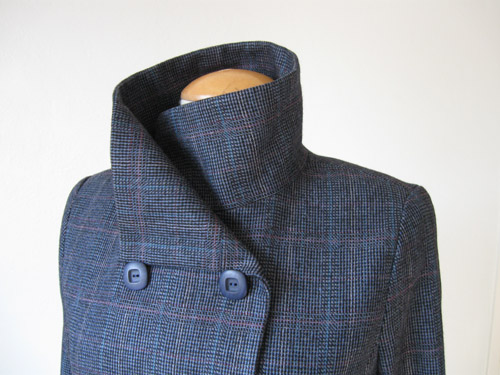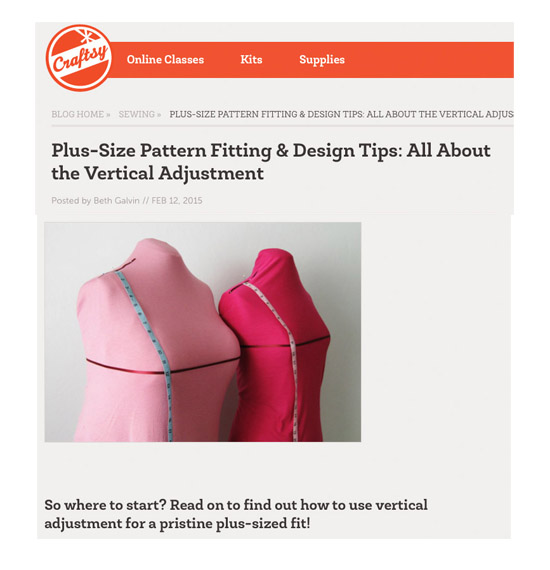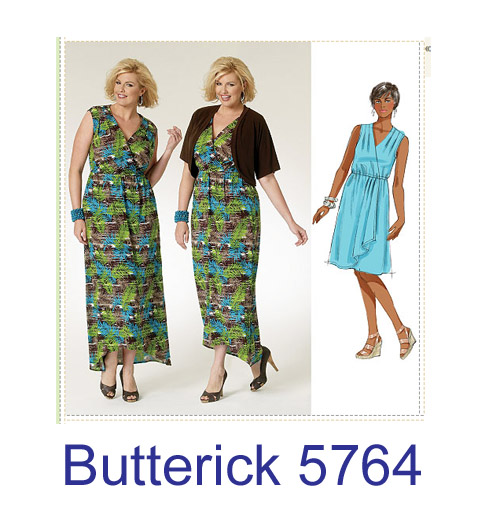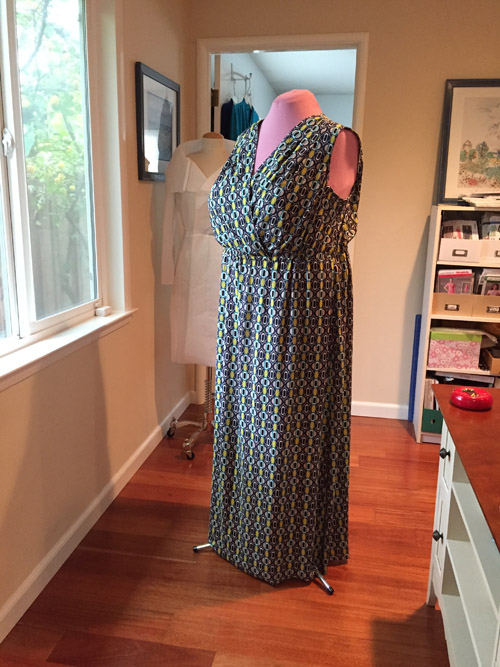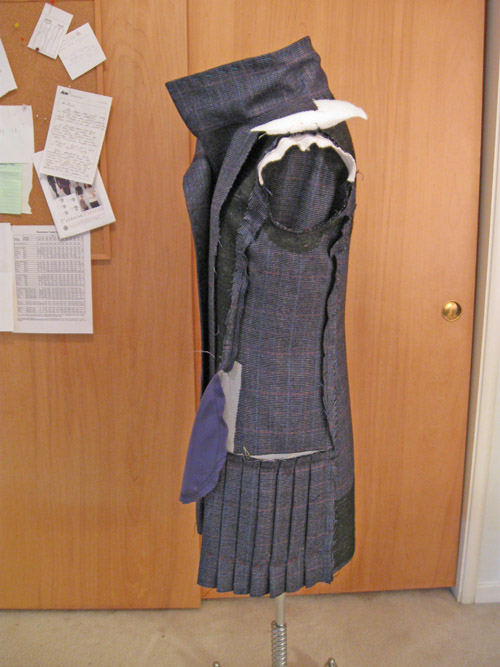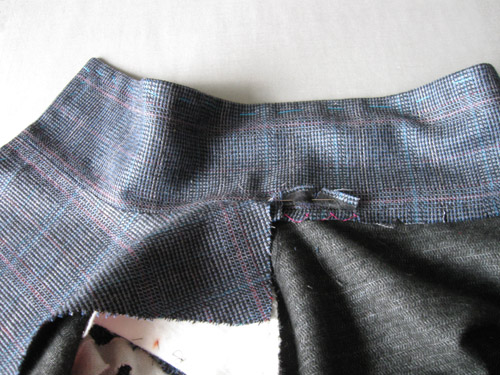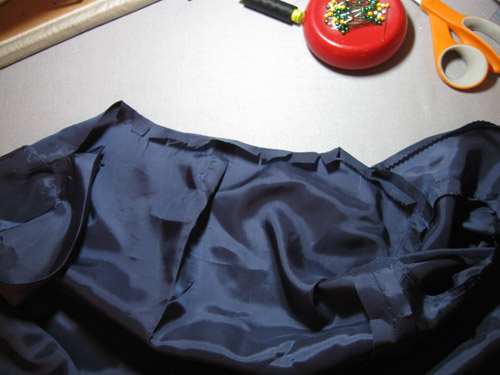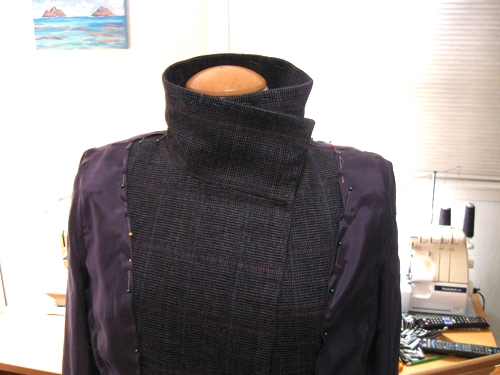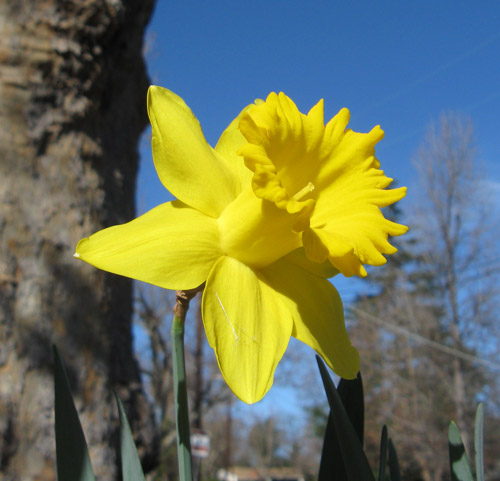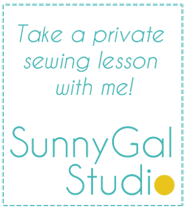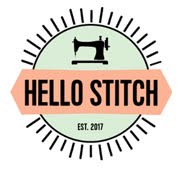How about buttons? That Quart Coat has 8 buttons, it is a double breasted coat and I made 4 working buttonholes on the outside plus one on the inner side so that it would stay closed if buttoned up all the way. When I was sewing on the buttons I had some issues and thought it might be interesting to see.
Here it is all buttoned up, and the two extra buttons. I always buy two extra buttons for something really nice, it would be so annoying to lose one and have to replace all of them. Plus a coat is the garment most likely to lose a button, at least in my experience.
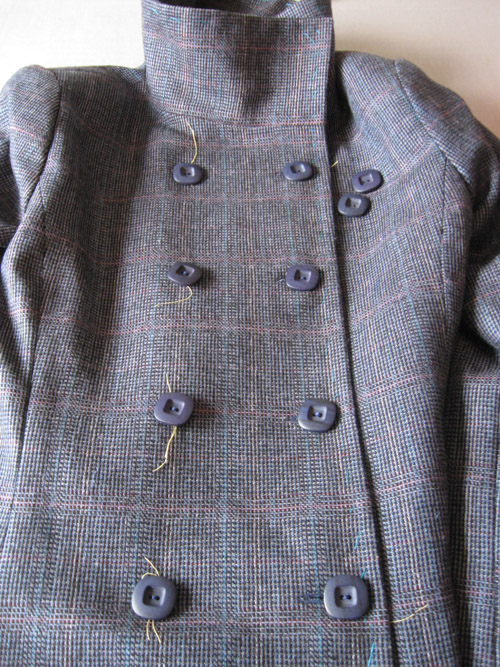
Note these buttons only have 2 holes. I find that this type of button is slightly more troublesome to sew on and have it stay in the orientation. As you can see these are square - they go nicely with the plaid but wanted to turn and twist after being sewn.
Why? because buttons are tricky. Kind of like Goldilocks, you can sew them too tight, or too loose, or just right.
I sewed these buttons on so many times I lost count. I am kind of fanatical about button sewing, and yet I really dislike it. But if sewed in the wrong place - even by a few millimeters it just ruins the front of the coat.
Probably hard to see but here is the example. When a button is sewn just slightly in the wrong place it can create a bump or ripple, or can offset the whole row of buttons and have the front be crooked. In this case I worked my way from the top down, sewed them all, and checked each time that they were OK. I thought they were fine but the one indicated there is a troublemaker.
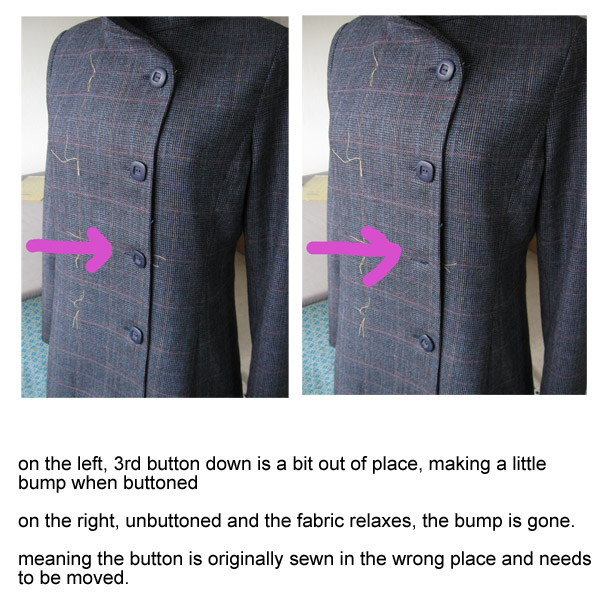
Here is a super closeup view of the button and buttonhole. I put the yellow dots so you can see the actual buttonhole opening. So even though the button is not too tight on the garment, meaning it has a little thread shank of about 1/8 - 1/4" it still was not in the right place. I think I sewed it on once more and then had to adjust another one as well.
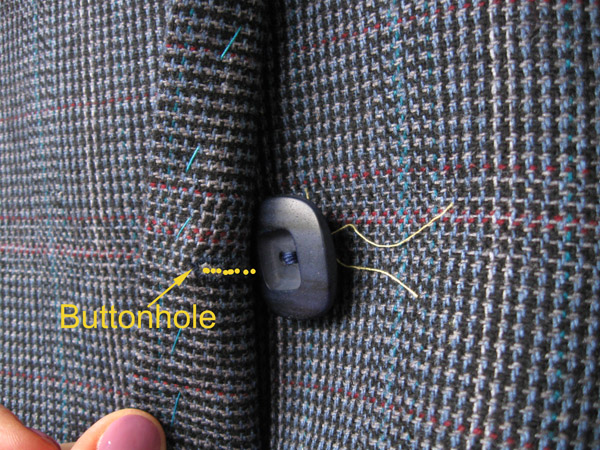
Whew! finally got them all in place although as you can see in the first photo it is a bit of a conflict because if they are sewed very tight so that the plaid lines up exactly then they would make a pucker at each buttonhole. Sewing buttons too tight causes just as many issues as sewing in not the exact right place. No wonder I dislike sewing buttons, my least favorite thing!
All's well that ends well, and I think these buttons are just perfect. Stone Mountain fabric store in Berkeley to the rescue once again. Here is the finished coat although better views in my previous post.
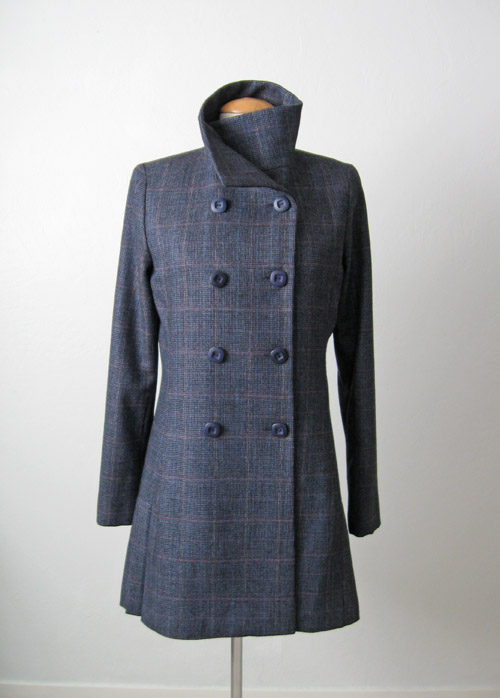
Spring is just around the corner here - or actually here, a bit early with daffodils in full bloom and tulips getting ready. I read all the snow zone blog posts with sympathy (horror) and know I would not last more than a minute any further north than, let's say, the Napa valley. Ok slight joke but I can't take winter. Hope it warms up for all of you very soon.
Happy weekend sewing, Beth
The last week or so has had the most amazing sunsets, the other day I was driving home from Marin and the sky looking out over the water towards the Golden Gate bridge was the most gorgeous shade of pink and gold. It does seem like living in a postcard sometimes as I travel around the bay area.
Behind my garden is a beautiful old California oak tree, three times as tall as my very large apple tree and home to an amazing number of birds and squirrels. Live nature entertainment just outside the sewing room window!


